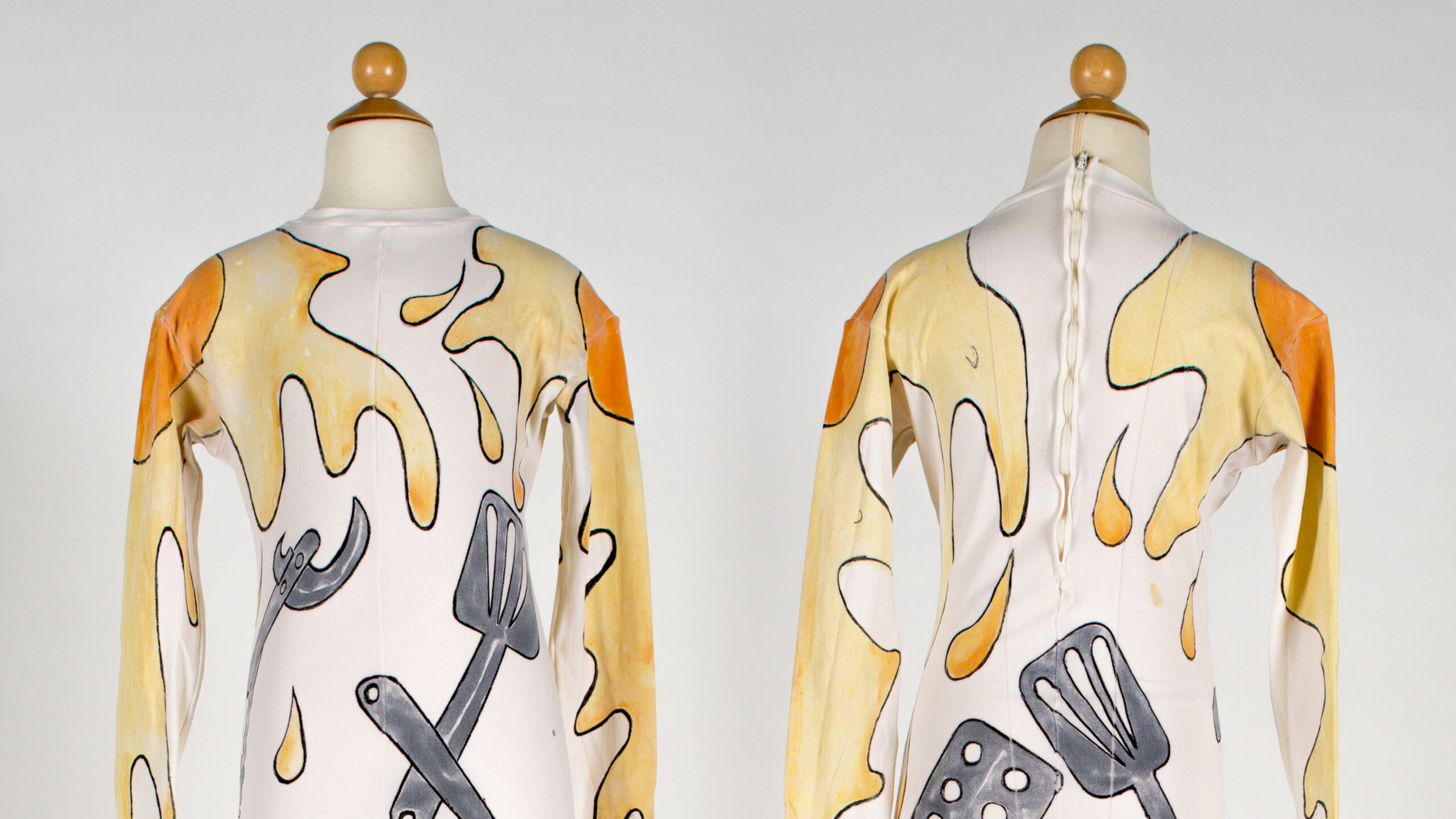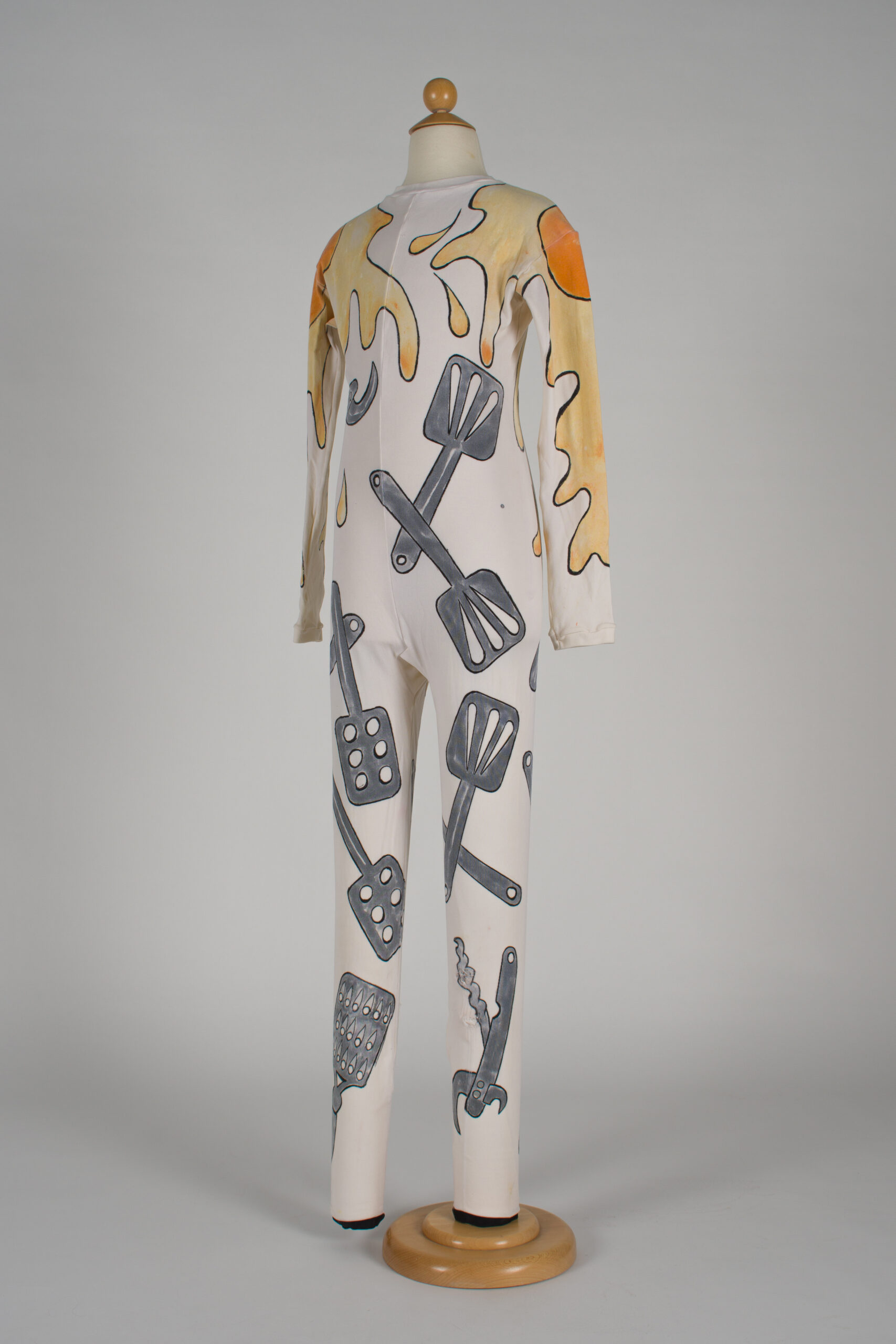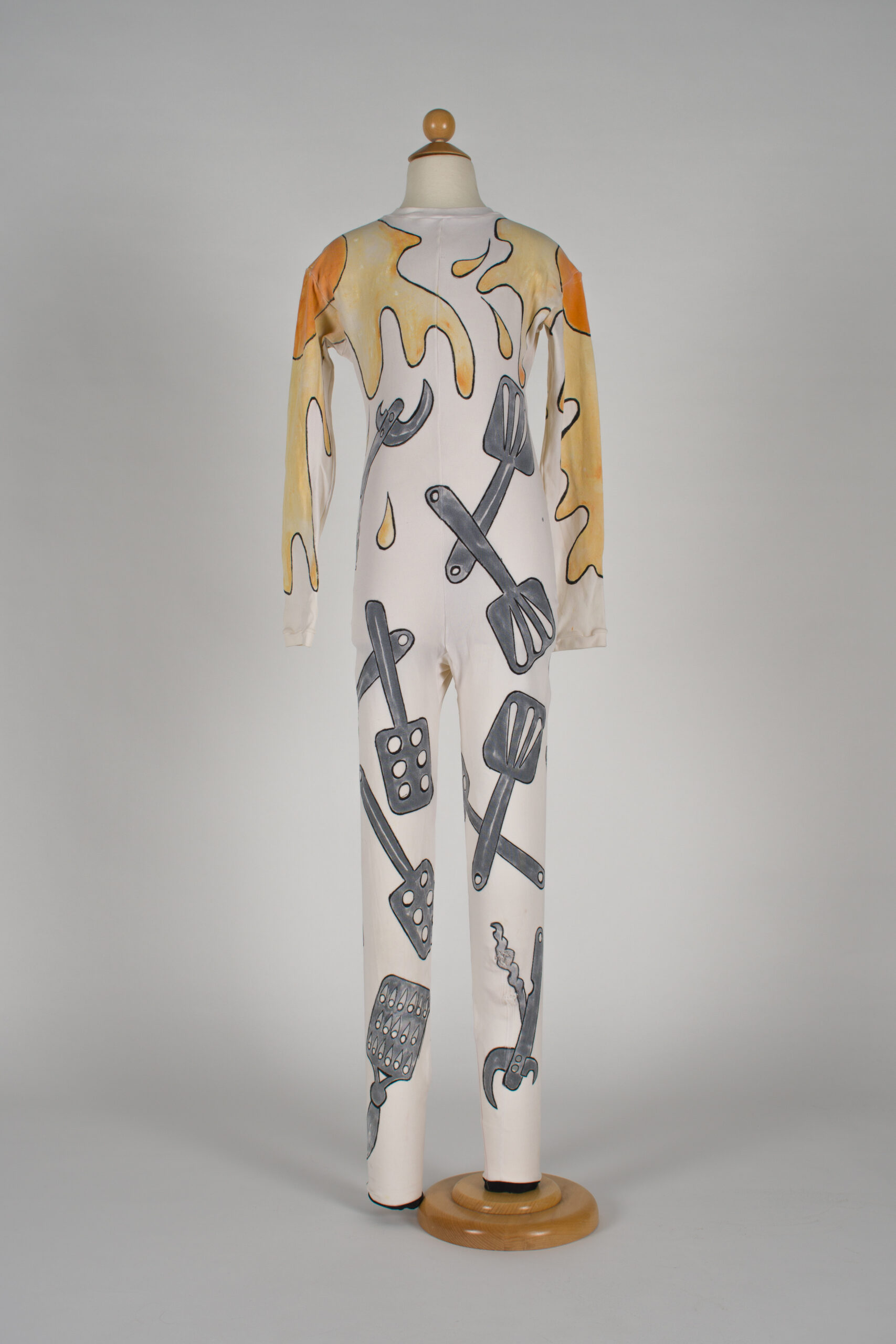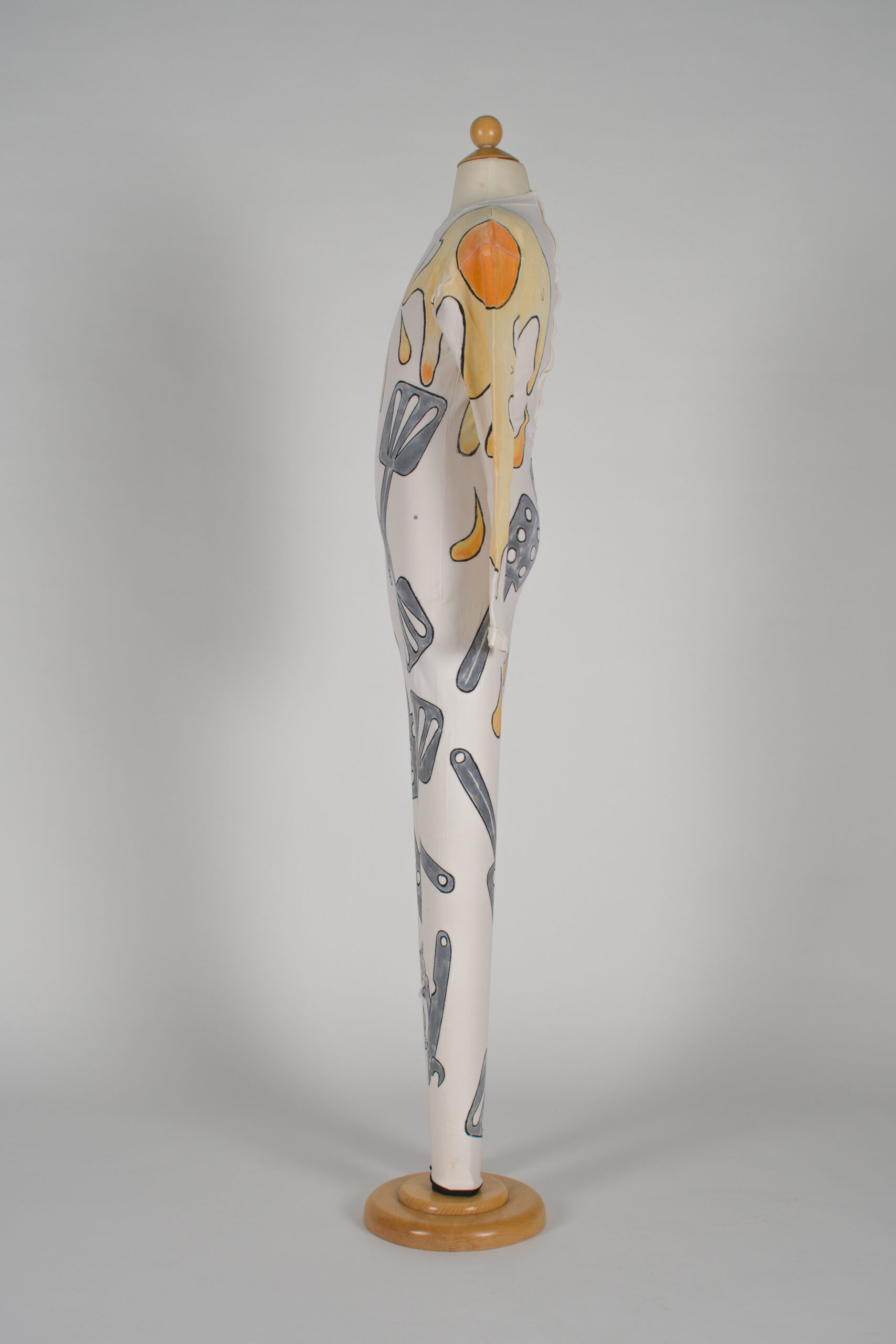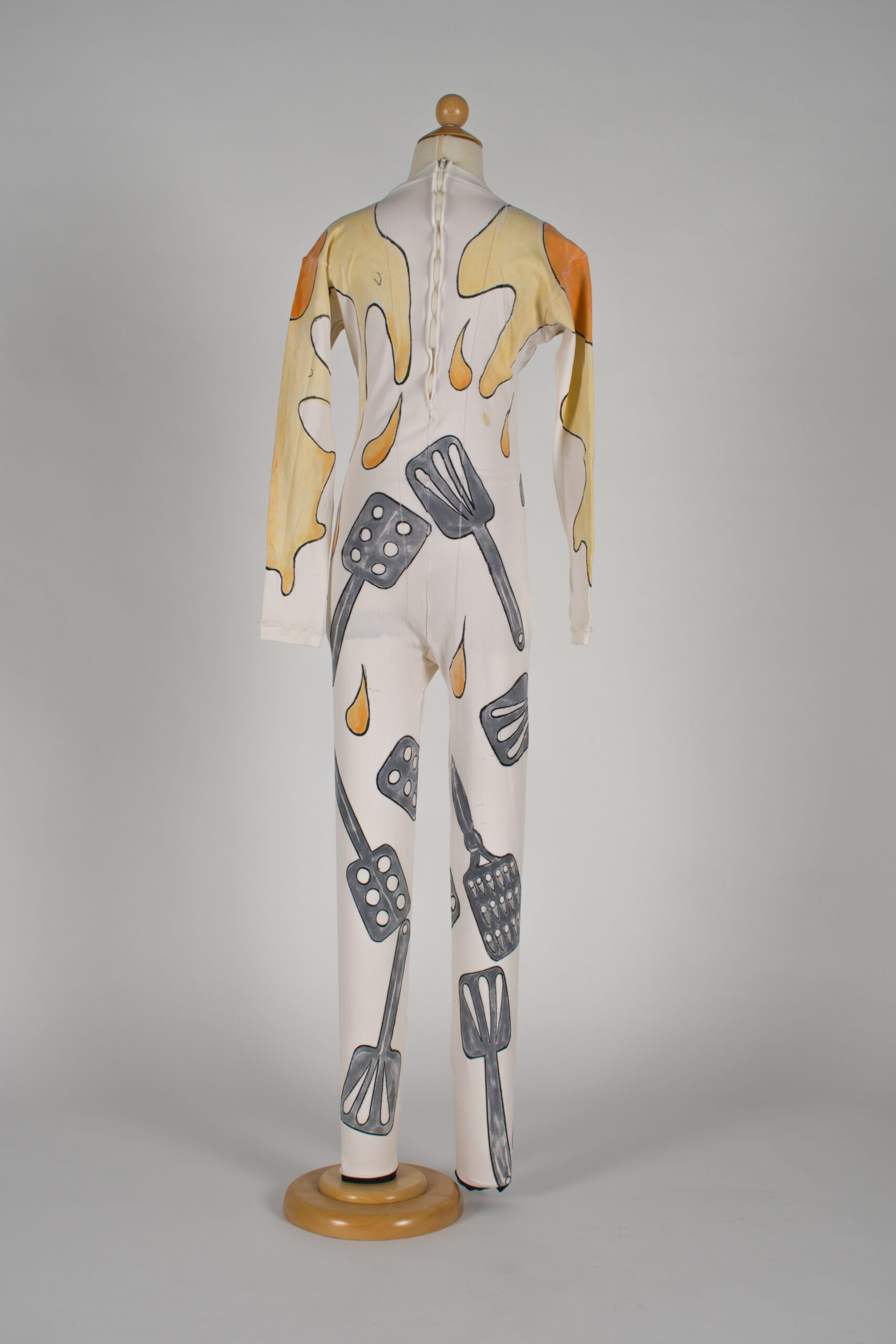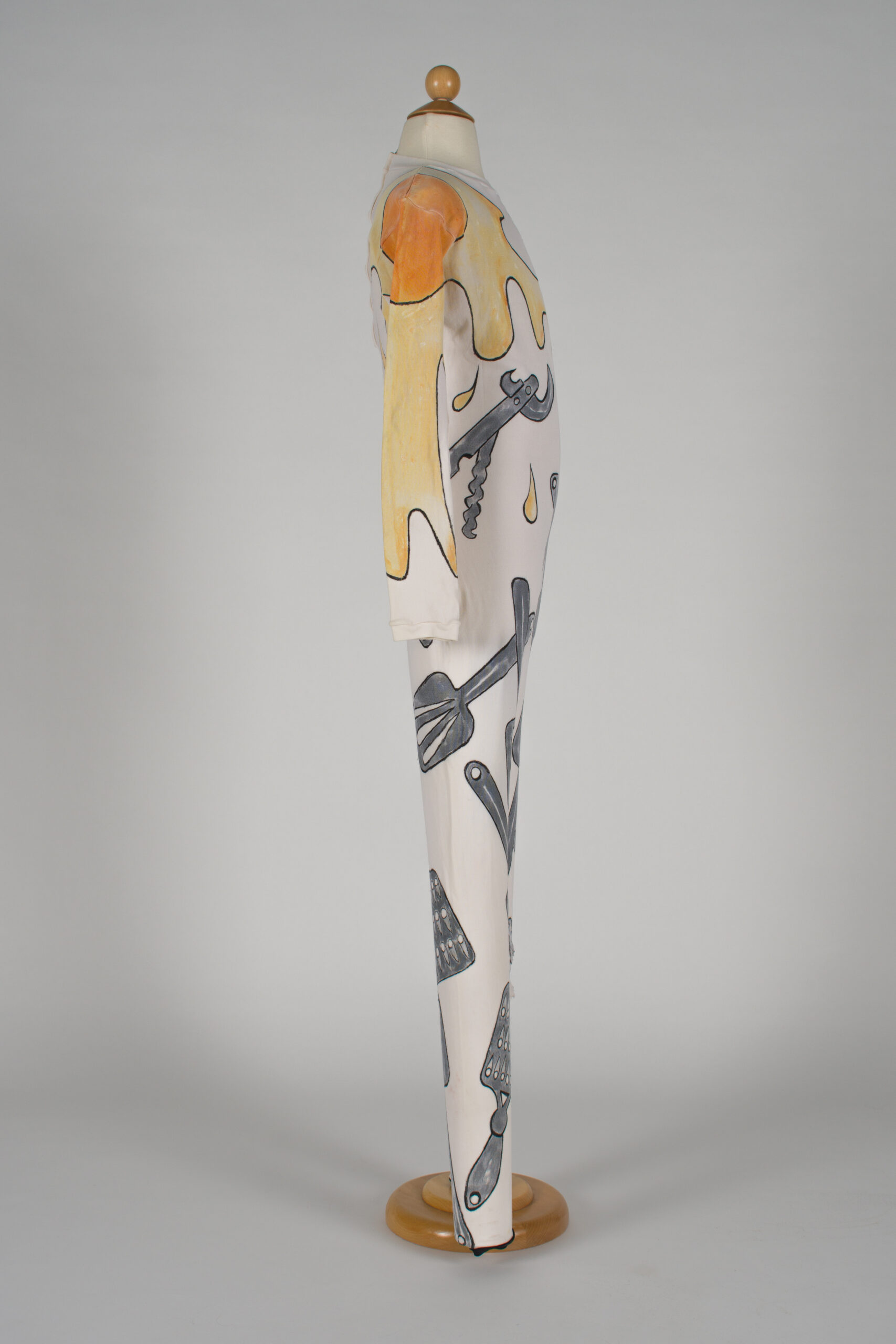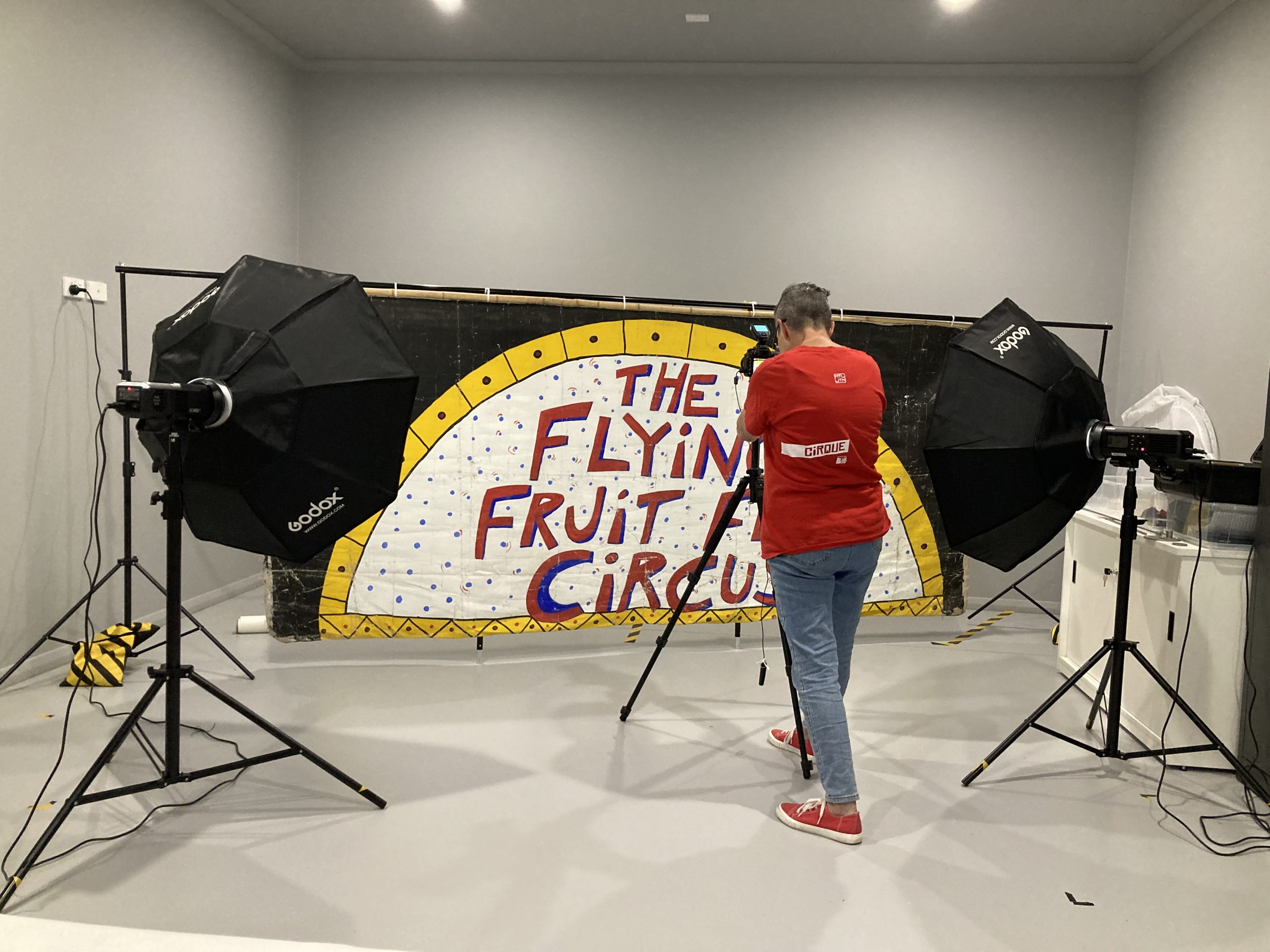The Circus of Tomorrow
How Chinese Acrobats Changed the Australian Circus
When the Nanjing Acrobatic Group returned to Albury, what once felt totally unconventional had become a warm reunion between friends. Most of the trainers had conducted the three-month training program which had happened two years prior. Now, the troupe (which included Lu Yi, Lu Guangrong, Chen Meihong, Yang Xiaodi, Liu Yinghai, and Qian Jianping) were here to do it all again.
Beginning in 1985, this leg of the project continued the mission of mentoring students (from the Flying Fruit Fly Circus, Circus Oz, as well as independent circus performers) in Chinese circus skills. However, it had now become an eight-month program with additional time for teaching education principles to trainee teachers and English/Mandarin lessons conducted by the troupe interpreter, Xiao Lu.
The program culminated in another show, aptly titled The Circus of Tomorrow. Laurel Frank, a costume designer and founding member of Circus Oz, tailored and hand-painted this manufactured unitard for a ‘happy cook’ performance in the show. Made up of a combination of individual acts, the ‘cooks’ performed an amusing scene of bowl kicking, juggling, egg balancing, and (a particular favourite) plate-spinning.
Unlike the showcase years earlier, this show did not feature the Nanjing acrobats. Instead, it adopted a ‘hybrid’ performance model where the Australian performers incorporated Chinese circus skills into their presentation with costuming and staging far less influenced by Chinese culture. As such, this costume has the cheekiness and warmth that had become characteristic of Australian youth circus arts by this point.
The Nanjing project ultimately became a model for future intercultural exchanges in Australian circus arts. Its impact was widely felt, especially at the Flying Fruit Fly Circus which applied what they had learned to evolve from a community youth circus to the more professionalised youth company it is today.


